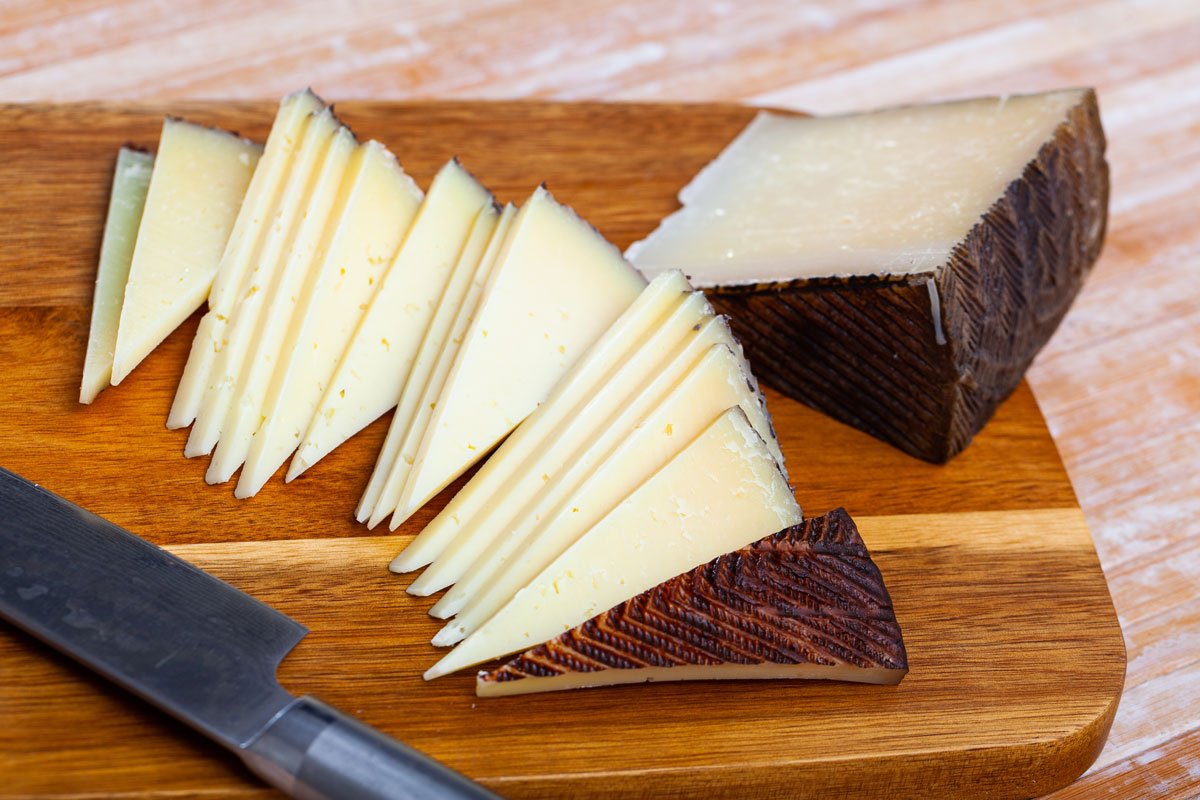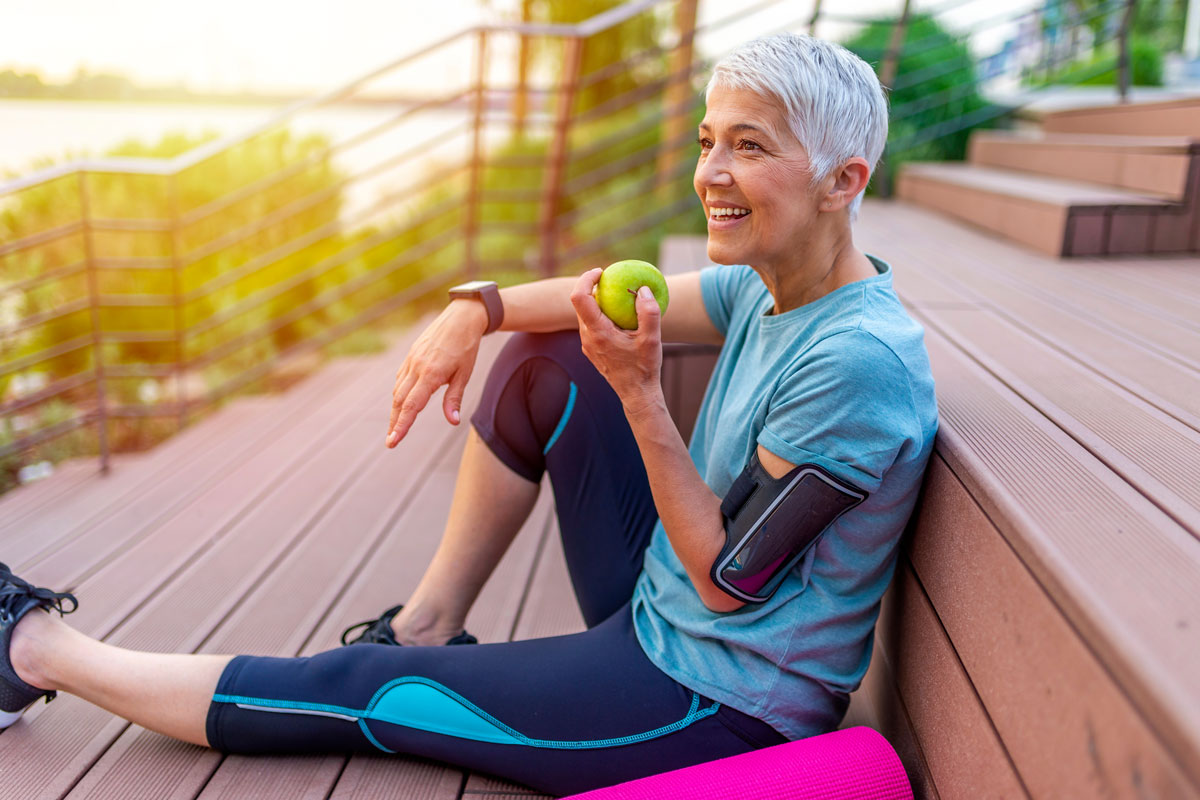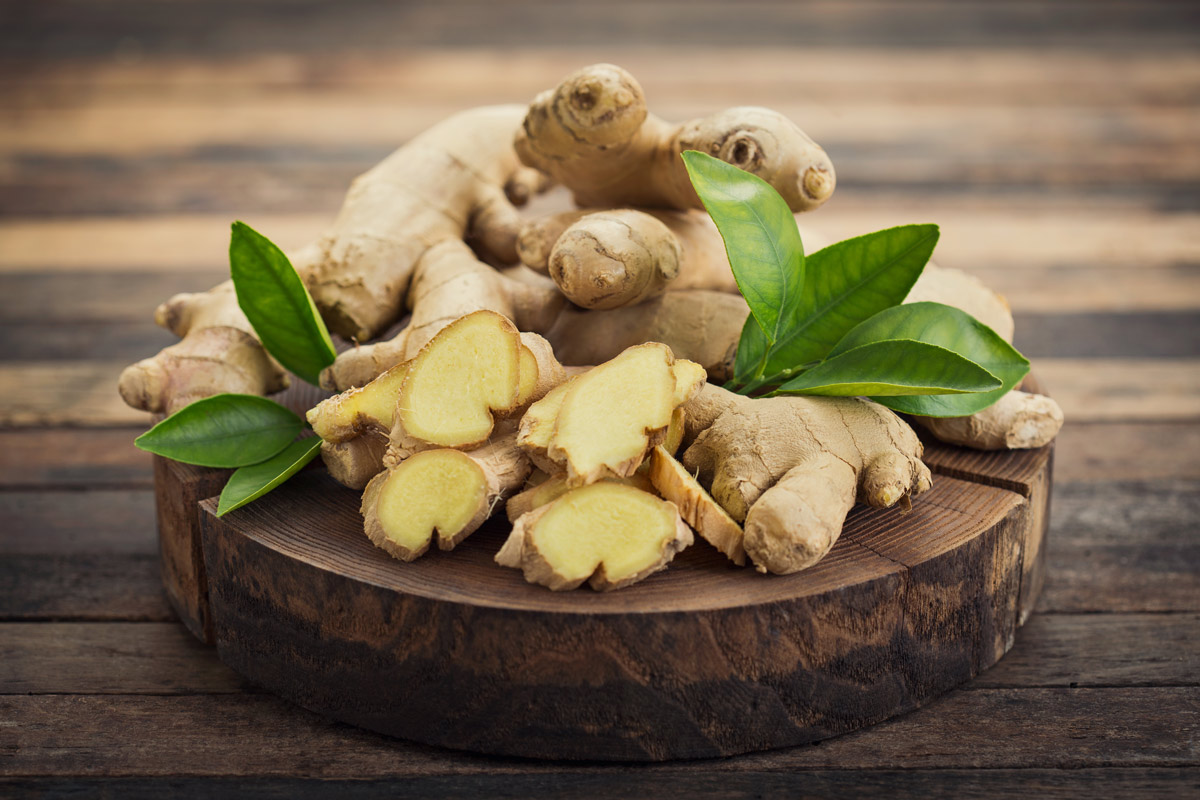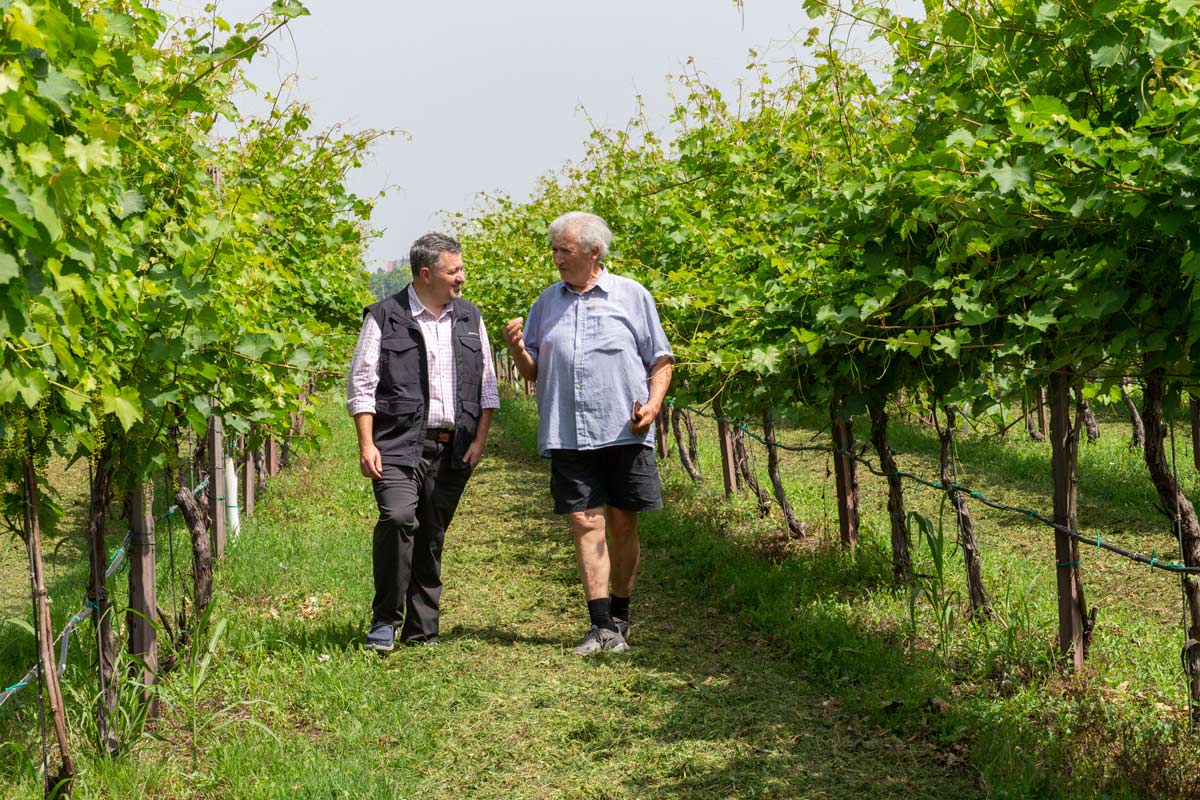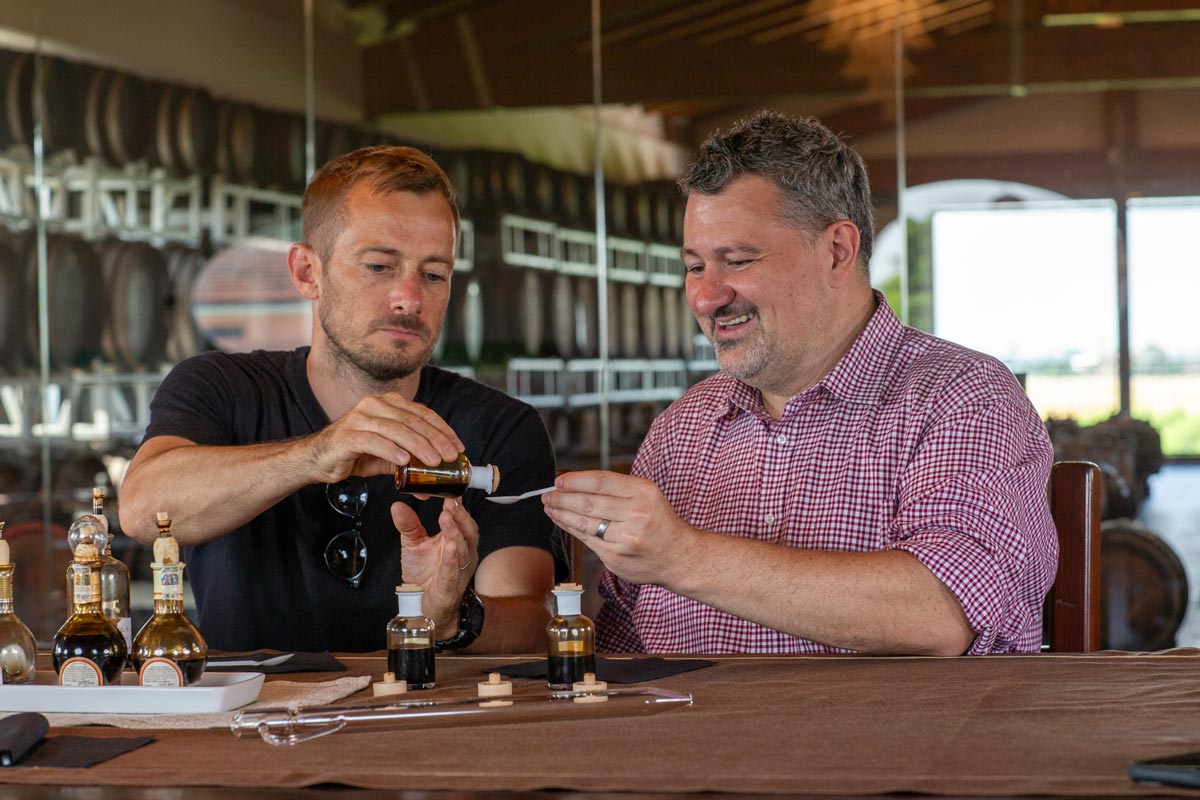Whole Roasted Cauliflower with Pea Pesto Recipe, Spotlight on Cauliflower, Time-restricted Eating and Exercise, plus Exercise to Fight Mental Fatigue
Perfect for spring, this week’s recipe brings together the goodness of superfood cauliflower and the freshness of pea pesto. It’s a side dish satisfying enough for a main course. Next, I’m sharing two studies with the value of exercise at their core—why exercise is a smart adjunct to time-restricted eating and how it can help you feel less mentally exhausted by challenging tasks.
Whole Roasted Cauliflower with Pea Pesto
 Whole Roasted Cauliflower with Pea Pesto
Whole Roasted Cauliflower with Pea PestoThis dish gets a double dose of flavor from the cheesy crust on the cauliflower and the pesto sauce.
Ingredients
For the cauliflower:
- 1 head cauliflower, about 2 pounds
- 4 tablespoons extra virgin olive oil, divided use, plus more for drizzling
- 2 garlic cloves
- 1/4 cup finely minced fresh herbs or 1 teaspoon dried herb mix
- 1 teaspoon fine sea salt
- 1/2 teaspoon fresh ground black pepper
- 1/3 cup finely grated Parmigiano-Reggiano cheese
For the pea pesto:
- 10 fresh basil leaves
- 4 ounces shelled green peas
- 2 garlic cloves
- 1/4 cup freshly grated Parmigiano-Reggiano cheese
- 1-1/2 ounces shelled walnuts
- 1/4 cup extra virgin olive oil
- 1/4 cup cold water
- Coarse sea salt and freshly ground black pepper, to taste
Directions
Step 1
Preheat your oven to 400°F. Drizzle 1 tablespoon olive oil in a Dutch oven or baking dish large enough to hold the cauliflower; set aside.
Step 2
Peel off the outer leaves of the cauliflower and trim the core just enough for the cauliflower to sit flat.
Step 3
Place the remaining olive oil in a small bowl and use a microplane grater to grate the garlic cloves into it. Add the herbs, salt, and pepper and whisk well. Brush the mixture over the cauliflower, then press on the cheese. Cover the Dutch oven or baking dish and roast for 40 minutes. Carefully uncover and roast for another 15 minutes to lightly brown the crust.
Step 4
While the cauliflower is roasting,make the pea pesto: Place the basil, peas, garlic, cheese, and walnuts in a food processor and pulse until very finely minced. With the machine running, add the olive oil and process until smooth. Add the water and pulse a few times. Season to taste with salt and pepper if needed.
Step 5
To serve, cut the cauliflower into wedges, plate, and drizzle with the pea pesto and a few drops of olive oil.
Yields 4 servings as a main, 6 as a side dish

Healthy Ingredient Spotlight
The Cauliflower Rainbow
As delicious and nutritious as regular cauliflower is, with high marks for vitamins C and K, the brightly hued versions available at farmer’s markets and even some grocery stores offer even more.
Surprisingly, cauliflower, an ancient vegetable, was originally naturally pigmented, according to
the Iowa State University Extension. Over time, white cauliflower evolved thanks to selective breeding and became the norm. (White cauliflower stays creamy white if not exposed to direct sunlight.) So the return to cauliflower of different hues, while again a result of selective breeding, is actually cauliflower getting back to its roots.
With a difference in color comes a (slight) difference in nutrients. Purple cauliflower gets its shade from anthocyanin, the naturally occurring phytochemical that also gives bright red, blue, or purple fruits and vegetables their rich colors. By contrast, orange cauliflower gets its hue from the same carotenoids that are in orange and yellow fruits and vegetables. Green cauliflower, a hybrid of broccoli and cauliflower, has beta carotene, though not as much as pure broccoli.
All shades of cauliflower can be eaten raw or cooked.

Quick Kitchen Nugget
Cauliflower Prep
This vegetable needs only minimal prep. Roasting a whole head just involves removing the outer leaves and trimming the core flush with the base of the head. It can be drizzled with any marinade you like and then sliced into wedges or steaks after cooking.
You can cut a raw head into steaks if your prep calls for it, but keep the core intact for slicing, then use a sharp paring knife to cut out the core from each steak—you’ll lose fewer florets this way.
If you want to make florets for a dish, turn the cauliflower on its head and use a paring knife to cut pieces away from the stem, rotating the head as you go. Halve or quarter any large florets as needed.
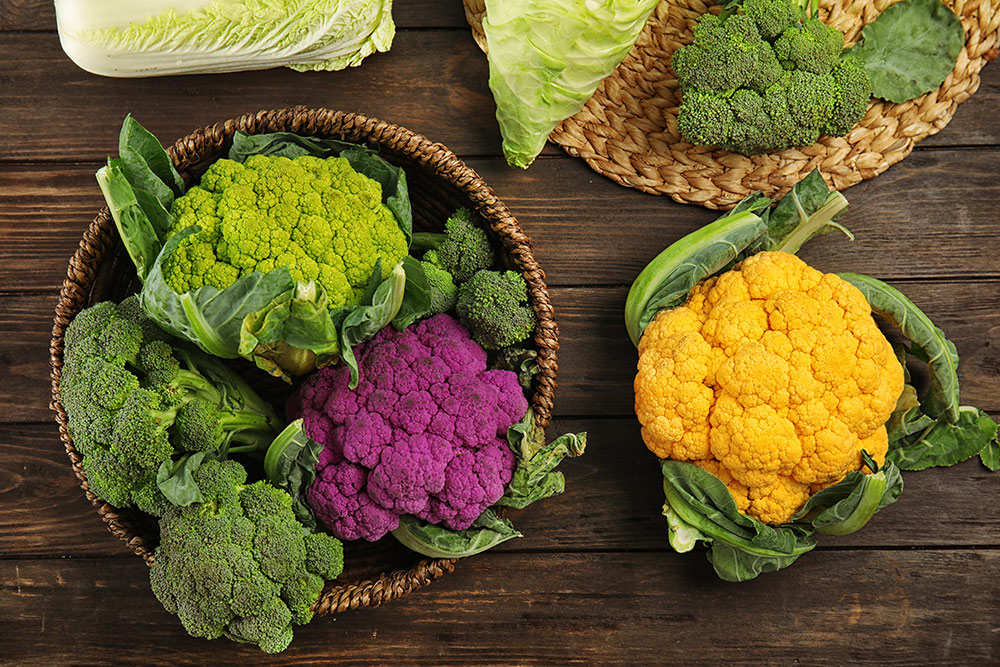

For Your Best Health
Time-restricted Eating and Exercise
Time-restricted eating—eating within a set number of hours—is an approach that many use to try to lose weight. One concern when dieting is how to lose fat while protecting muscle. A study from the University of Mississippi, published in the International Journal of Obesity, showed that when healthy adults paired an eight-hour eating window with regular exercise for at least four weeks, they lost more fat without sacrificing lean muscle compared to exercise alone. That lean mass preservation is key, Said Nadeeja Wijayatunga, MD, PhD, RDN, assistant professor of nutrition and hospitality management.
Dr. Wijayatunga and tactical dietitian Michael Hays, PhD, RD, CSCS, began their study after seeing the dramatic rise in time-restricted eating. Together, they conducted a systematic review and meta-analysis of 15 studies on time-restricted eating with exercise from the past decade. “People like time-restricted eating because they feel it’s easier to adhere to…they don’t have to think too much,” said Dr. Wijayatunga. “It’s all about time, not calorie-counting or watching out for certain foods.”
According to the 2023 International Food and Health Survey, 12% of Americans have tried time-restricted eating, but the science surrounding it is still developing, Dr. Hays said. “For some people, this may be a good technique to help with body composition goals. It’s just another tool, but more studies need to come out to really understand how this works in humans.”
While the difference between those who exercised while following a time-restricted diet and those who used exercise alone was slight, the individuals in the two groups in the studies were very healthy. “They were already physically fit and already had exercise routines. When you already have athletic, lean people and you decrease their body fat percentage, that’s significant,” explained Dr. Hays.
Time-restricted eating has been criticized for possibly leading to a loss of lean mass—all the muscles, organs, and other tissues that make up the human body. “We need healthy muscles,” Dr. Wijayatunga said. “Muscles are really important for the body and for your metabolism. If we lose muscle, it may impact our metabolic systems, and it just decreases mobility overall.”
“That’s why you want to couple diet with exercise,” Dr. Hays adds. “When you’re losing weight, you never want to lose lean tissue. You want to lose fat.”
While the results are promising, Dr. Wijayatunga warned that more research is needed to confirm the findings and to learn how this would impact people who are not in shape and/or not exercising regularly. “What I’d recommend is implementing healthy habits in a way that you, as an individual, can maintain with guidance from a healthcare professional.”


Fitness Flash
Exercise to Fight Mental Fatigue
Ever feel mentally fatigued after a challenging task? It can happen later in life, even if you’re retired. Researchers from the University of Birmingham in the UK and the University of Extremadura in Spain have found that older people who exercise regularly are more able to fight the impacts of mental fatigue. Their study, published in the Journal of Aging and Physical Activity, looked at whether age increased and regular exercise decreased the impact of mental fatigue on a series of cognitive and physical performance tests.
In the first study, sedentary men ages 65 to 79 performed worse in tests than those 52 to 64, and these impairments were greater when they were tested in a state of mental fatigue. A second study with retired men and women ages 66 to 72 found that performance when mentally rested or fatigued was better in the physically active older adults than in their sedentary peers.
Chris Ring, PhD, professor of psychology at the University of Birmingham and corresponding author of the study, said, “This study shows how important physical activity is for adults as they get older and in general for avoiding the worst impacts of mental fatigue on cognitive and physical performance. This research from our ongoing international collaborative venture confirms that regular physical activity has a host of benefits, with increased physical fitness associated with improved cognition, increased exercise capacity, and greater mental fatigue resilience. For older adults in particular, regular exercise represents a simple but effective means to stave off the effects of age in a host of areas, including avoiding the negative effects of feeling mental fatigued after a particularly taxing task.”
Dr. Ring suggested that the following three active steps can be taken by older adults wishing to perform better in demanding situations:
- First, increase your level of regular physical activity.
- Second, warm up using a combination of cognitive and physical tasks to better prepare for an upcoming physical performance, especially when feeling mentally fatigued.
- Third, train using a combination of cognitive and physical tasks, a method called Brain Endurance Training, or BET, to improve mental fatigue resilience and enhance physical performance.


